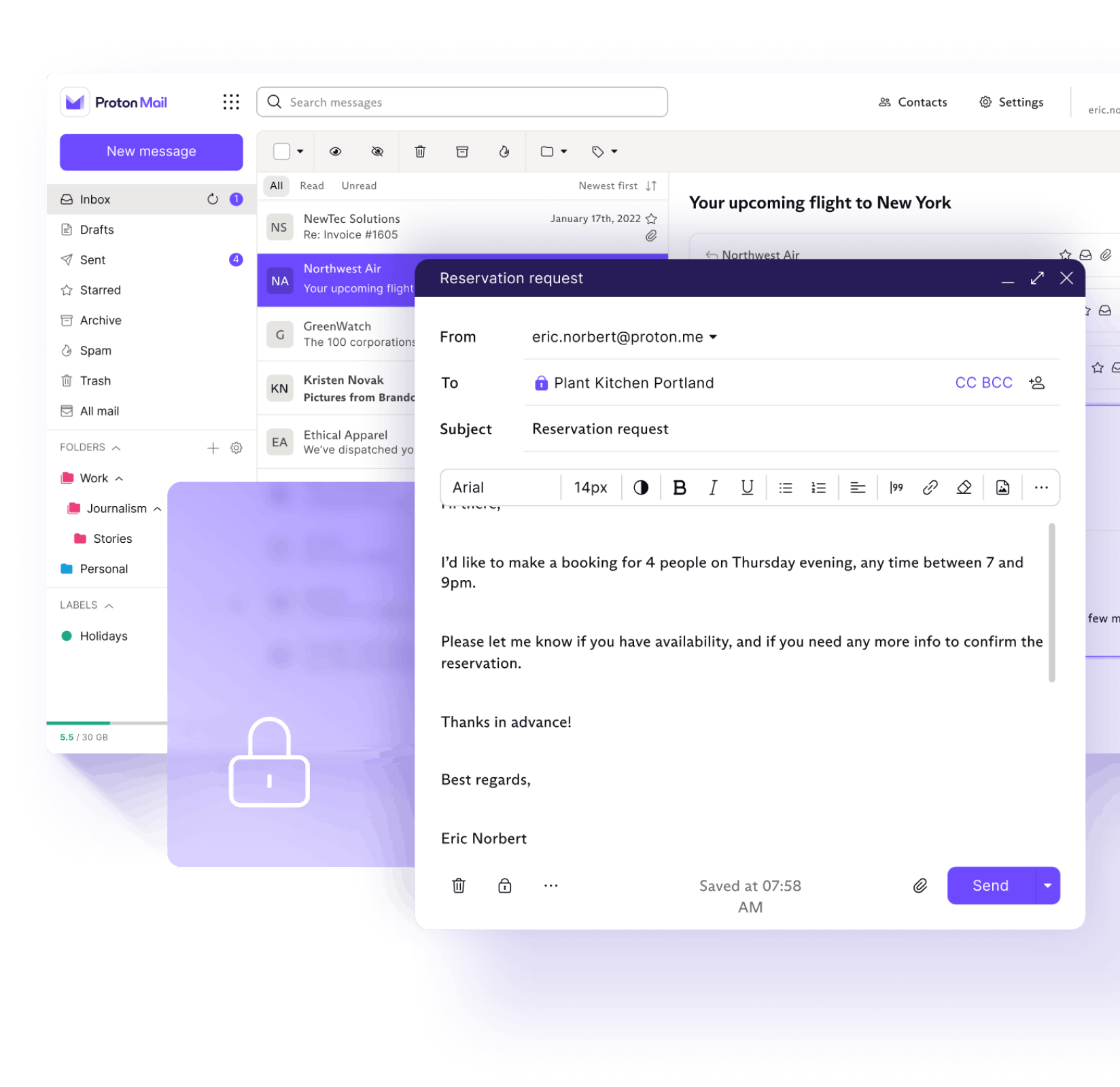
Also known as the Atlantis Cyber-Army, the emerging organization has an enigmatic leader and a core set of admins that offer a range of services, including exclusive data leaks, DDoS and RDP.
A for-hire cybercriminal group is feeling the talent-drought in tech just like the rest of the sector and has resorted to recruiting so-called “cyber-mercenaries” to carry out specific illicit hacks that are part of larger criminal campaigns.
Dubbed Atlas Intelligence Group (A.I.G.), the cybergang has been spotted by security researchers recruiting independent black-hat hackers to execute specific aspects of its own campaigns. A.I.G., also known as Atlantis Cyber-Army, functions as a cyber-threats-as-a-service criminal enterprise. The threat group markets services that include data leaks, distributed denial of service (DDoS), remote desktop protocol (RDP) hijacking and additional network penetration services, according to a Thursday report by threat intelligence firm Cyberint.
“[A.I.G.] has introduced us to out-of-the-box thinking,” Cyberint’s Shmuel Gihon wrote in the report.
[FREE On-demand Event: Join Keeper Security’s Zane Bond in a Threatpost roundtable and learn how to securely access your machines from anywhere and share sensitive documents from your home office. WATCH HERE.]
A.I.G., according to researchers, is unique in its outsourcing approach to committing cybercrimes. Organized threat groups tend to recruit individuals with certain capabilities that they can reuse and incent them with profit sharing. For example, Ransomware-as-a-Service organized crime campaigns can involve multiple threat actors – each getting a cut of any extorted lucre or digital assets stolen. What makes A.I.G. different is it outsources specific aspects of an attack to “mercenaries” who have no further involvement in an attack.
The report’s author, Gihon, said only A.I.G. administrators and the group’s leader—dubbed Mr. Eagle—know fully what the campaign will be and outsource isolated tasks to hired guns based on their skillsets.
Unique Business Model
This uncommon business model also allows the group, which has been operating since the beginning of May, to offer a range of cybercriminal services instead of a single core competency, he said.
“While many groups are focusing on one, maybe two, services that they offer, Atlas seems to grow rapidly and expand its operations in an efficient way which allows them to offer many services,” Gihon wrote.
A.I.G. tends to target government and state assets in countries all over the world, including the United States, Pakistan, Israel, Colombia and United Arab Emirates, researchers found.
Mr. Eagle not only leads the campaigns but also doubles as a chief marketing officer of sorts, putting a significant effort into advertising A.I.G.’s various cybercriminal services, he said.
Anatomy of a Threat Group
























